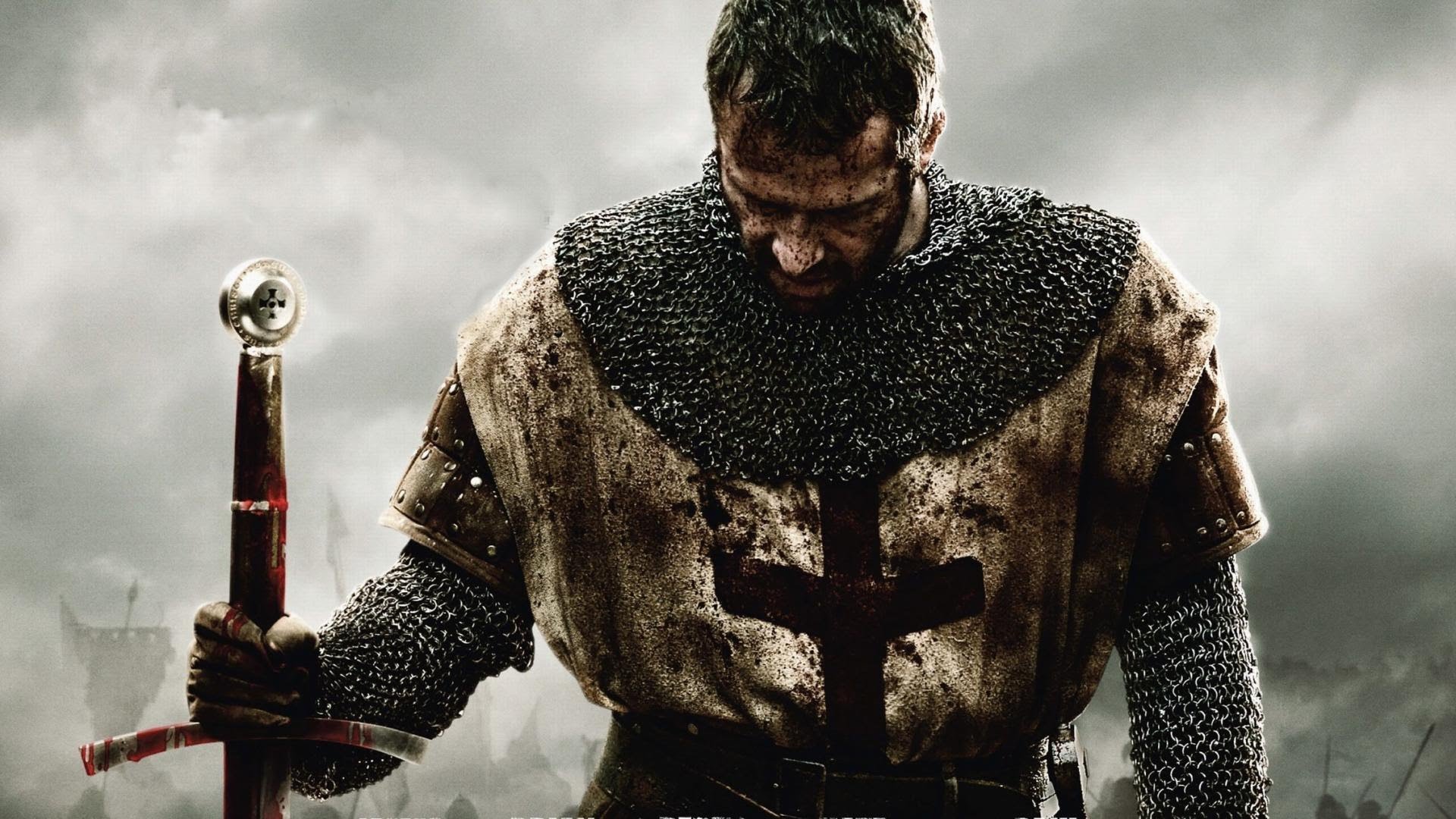Too often in conversations and on social media, people will conflate the Dark Ages with the time of Medieval Europe.
The motivation behind the argument has roots in both the Protestant Reformation and then the Enlightenment and their joint toppling of Christendom Europe. For the past to be rejected and a new order to be created, even today it is of benefit to continue to cast a time of strong Christianity such as the Medieval period as ignorant and the times of the Ancients and the Enlightenment as times of learning – even ignoring that many in the Enlightenment were devout Christians. In doing so, Christianity, particularly Catholicism, looks like a relic of a time when ignorance was prevalent and only through the rejection of that religion can we advance.
But history doesn’t match the propaganda. As Carl Stephenson, former professor of history at Cornell University, wrote in his book Mediaeval History: Europe from the Second to the Sixteenth Century (1935),
“The term ‘Dark Age’ has been much abused. For reasons that will later be evident, it is by no means applicable to the mediaeval period as a whole. Even when it is employed to designate the centuries that immediately followed the barbarian invasions, it must be understood as being restricted to the Latin world and as having a relative significance for that. The darkness there was never absolute, for at no time was the light of culture entirely extinguished. By concentrating attention on forms and traditions it is of course possible to obtain an impression of wonderful continuity from ancient to mediaeval times. But this is to gain a false perspective of history. If, rather, we contrast the actual conditions of the seventh century with those of the second, we are obviously confronted with the result of a great catastrophe – the almost total collapse of an ancient civilization. Especially if we take prevalent ignorance as our criterion of darkness, we have to admit that, at least in the west, there was a Dark Age and it was very dark indeed.”
If we see the flow of history in the West (excluding the Christian Byzantine Empire which continued until it was sacked by the Muslim Ottoman Turks in 1453) as a collapse of the Roman Empire followed by a rebirth, then the Medieval period cannot be seen as a Dark Age. To Prof. Stephenson’s point above, immediately following the collapse of the Roman Empire and the ravaging of Europe and North Africa by barbarian hordes there was a Dark Age. But as soon as order was reestablished Europe, led by Catholics, began the long process of climbing out of the Dark Age. Indeed, neither the Renaissance nor the Enlightenment would have been possible without the intellectual heavy-lifting that occurred during the Medieval period.

Truly, a dark age does not create the world’s first universities, it does not build magnificent cathedrals, it does not create great art, and it certainly does not advance intellectual thought. All of those things happened in the Middle Ages.
The first universities were started not during the Enlightenment or the Renaissance, but by Catholic Christians in the Medieval period. The first one was the University of Bologna in 1088 – that’s at 600 years before the earliest dates assigned to the beginning of the Age of
Enlightenment. The University of Oxford claims that teaching began as early as 1096. The University of Paris was founded circa 1150. Again, a dark age does not found the major universities that have helped lead intellectual development in the west for almost 1,000 years.

As for buildings, a dark age does not have the capacity for complicated architecture. Consider the Maria Laach Abbey in Germany. Founded in 1093, the building was devoted to learning and was built into the structure you see at right by about 1235 – over 400 years before the Age of Enlightenment. To the left is the interior of another building to consider, the Basilica of St. Sernin, Toulouse. Construction on St. Sernin began between 1080 and 1120. A dark age does not build such an edifice. Even with our modern technology, these buildings would be incredible undertakings.
If those examples aren’t enough, consider the art on display at Sainte-Chapelle in Paris, France. The royal chapel was completed in 1248. Below is an example of the 13th-century, stained-glass found on display. To this day, the stained-glass is still amongst the most beautiful in the world. No, a dark age is not capable of such high art.

All of the buildings above reflect an incredible sophistication in construction, artistry, mathematics, and so much more. The development of those things is the reflection of the intellectual progress of the Middle Ages and the Medieval period. Folks like Thomas Aquinas, Peter Abelard, John Duns Scotus, William of Ockham, Anselm of Canterbury, etc. were all major thinkers during the Middle Ages. For more on the philosophical developments of the Middle Ages, consider reading more from Stanford University here.
By no means is this piece a comprehensive dive into the history of the Medieval period, but rather a brief dip into the past to give individuals a modest understanding of the developments that took place well before the Enlightenment or the Renaissance during the era of Christendom. One could a write a book on the topic, and many have already done so. Instead of writing a book, we hope this piece serves as a reminder that the popular narrative conflating the term “Dark Age” with the Medieval period is simply false and reflects a thorough lack of study.
















Leave a Comment
Your email address will not be published. Required fields are marked with *